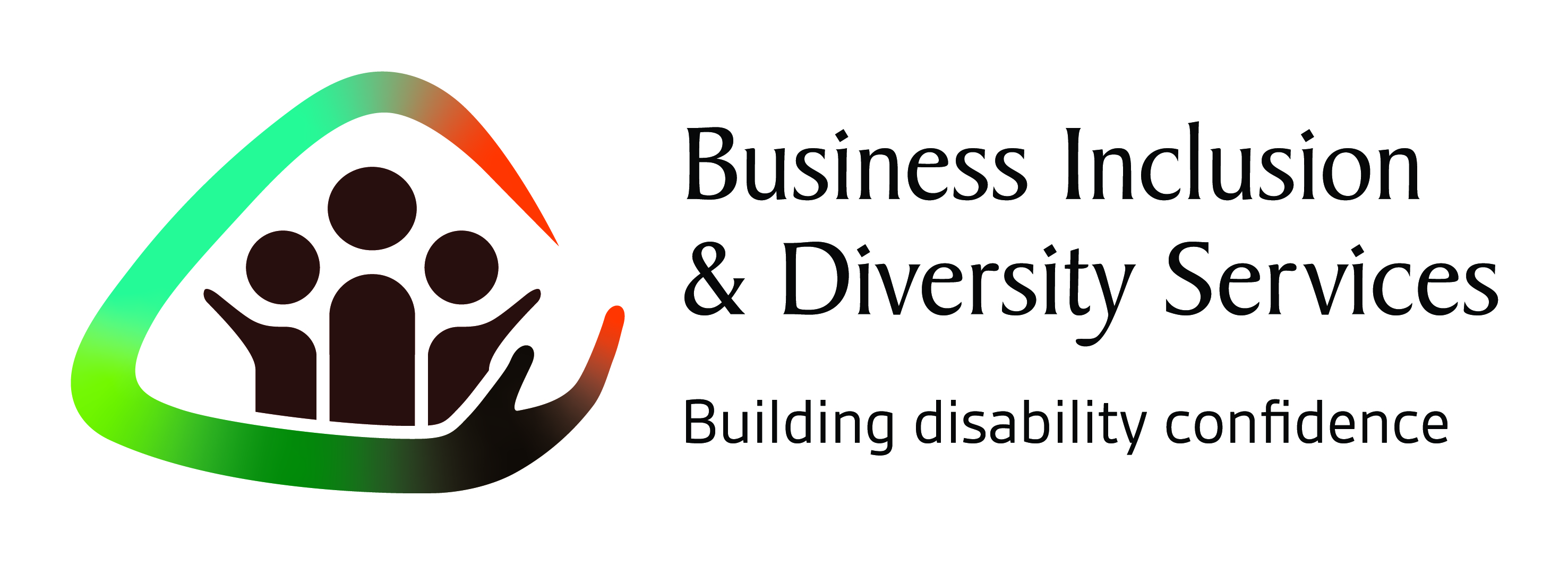
For people with disability, there a multitude of barriers that impact employment. These barriers range from low expectations by those around people with disability and people with disability themselves; the accessibility and quality of our education; the ease to which the right support can be accessed at the right time for both people with disability and people supporting people with disability; and the interface and support of other systems. This interface includes access to health and welfare systems; access to modifications and supports; the ability to get from A to B, and the ability to live an ordinary life before employment is even an option.
In relation to employment, barriers often include:
- Misinformed attitudes towards disability (ie. people with disability are costly to employ and are less productive than people without disability)
- Employers’ lack of understanding and confidence to talk about disability and its impact on those who currently work, and who might work, in their organisations
- Employers’ concern about potential risks, including superannuation implications and Workcover costs and exclusions
- Inaccessible workplaces
- An increased focus on low-skilled, short-term jobs and programs (driven by government compliance requirements) in favour of building viable careers
- Lack of visibility, with people with disability not well-represented in public roles, making it difficult to recognise their potential
- Lack of career development opportunities, including limited professional development and skills training, being passed over for promotion and higher duties, lack of job rotation, etc.
Some of these barriers are real and some are perceived. Despite a very grim current picture, people with disability have significant potential that can be brought to the workforce in a wide range of industries and positions, from entry-level to CEO.
Share this